With each presidential election comes new ways of expressing support for candidates. From bumper stickers to yard signs and t-shirts, many Americans have found various methods to showcase their political views.
The 2024 election is no different. Recently, young generations of voters have developed a new approach to political engagement: creating and promoting social media trends around their preferred candidates.
You might have seen the “brat” trend that emerged on social media over the summer: a neon green background with lowercase letters in a basic arial font. This aesthetic, inspired by british pop artist Charli XCX’s latest album “brat”, embodies a certain kind of cool, edgy style and attitude. The album has been widely embraced and its aesthetic has gained immense popularity.
The trend intersected with Joe Biden’s withdrawal from the 2024 presidential race when Charli XCX tweeted “kamala IS brat” in support of Kamala Harris stepping up as the new Democratic nominee. Harris’ twitter account responded by retweeting Charli XCX’s post and updating their profile background to the signature brat neon green.
Harris’ embracement of this trend seems to have helped her engage with young voters, by building a connection via social media that allows her to appear relevant.
Another recent TikTok trend has been the use of the word “demure”. The trend was created by Jools Lebron, a social media influencer in Chicago, who had filmed a video of her makeup as she was leaving for work.
“See how I do my makeup for work? Very demure, very mindful. I don’t do too much; I’m very mindful while I’m at work. See how I look? Very presentable,” said Lebron in her now-viral TikTok, posted in the beginning of August.
“The way I came to the interview is the way I go to the job.”
The use of the word “demure” has since spiked in popularity, symbolizing for many social media users a way to embody modesty, respectfulness and consideration.
Many TikTokers have quickly adopted the term to describe Harris’ presentation during her campaign. They view her as calm and strategic in her speeches and debates, leading them to label her as “very demure, very mindful.” The trend has been covered extensively in the media along with “brat”.
A different popular trend promoting Harris involves the use of a song titled “Femininomenon” by musical pop artist, Chappell Roan. The song is played in the background of TikToks that compile Harris’ most iconic moments, urging voters to consider voting for Harris and step away from male dominated administrations.
One widely shared video captures her line “Mr. Vice President, I’m speaking,” which Harris said during her 2020 vice presidential debate with Mike Pence, after he kept interrupting her.
The phrase has become so popular, that even Donald Trump attempted to imitate it during the recent presidential debate on Sept. 10.
An additional trending clip featuring Harris is from Brett Kavanaugh’s confirmation hearing in June 2018, where she asked him if he could think of any laws that grant the government the power to make decisions about the male body. Kavanaugh struggled to answer the question.
Another particularly notable online Harris moment comes from a speech she made at a White House ceremony on educational equity in 2023. While stressing the importance of addressing not just the financial needs of students but also the cultural needs of their communities, she shared an anecdote from her late mother: “You think you just fell out of a coconut tree?” Harris asked.
“You exist in the context of all in which you live and what came before you,” said Harris, referring to the fact that not all students come from the same backgrounds or have access to the same resources and opportunities. “Everything is in context,” Harris added.
This viral clip has led many supporters of Harris to refer to her candidacy as “Project Coconut” which has become a trending topic on many social platforms. Users have even put the coconut emoji in their social media username or bio to show their support for Harris.
In addition to the neon green Twitter background, Kamala HQ’s Twitter bio reads “providing context”.
These viral memes appear to enhance the democratic nominee’s relatability and appeal among young voters. Kamala Harris’s TikTok account, reflecting this trend, boasts five and a half million followers and 47 million likes. The Kamala HQ TikTok account, which has actively promoted, shared, and created many of these viral trends, has four million followers and 137 million likes.
Similarly, Donald Trump’s campaign has experienced increased online engagement. His TikTok account now has 11 million followers and 51 million likes.
Although these trends might seem silly, they attract millions, sometimes even billions, of views and likes. According to a report by The Pew Research Center, an organization that follows issues and trends from all around the world, about one-third of U.S. adults under 30 get their news from TikTok. The platform allows them to stay informed, promote their views, share perspectives, and connect with others, often by participating in these viral trends.
A recent article from the Washington Post explored how young voters in Michigan are engaging with the “brat” trend, demonstrating how bringing politics and pop culture together could have a significant impact on the 2024 presidential election.
Not only have these social media trends been able to reach mass audiences and work to unite younger generations of voters, but they have made politics somewhat humorous at a time when it feels hard to laugh.
Most young voters, particularly those in Gen Z, are digital natives, those who have grown up in a technological world vastly different from that of previous generations. Their concerns can also differ from those of older voters, focusing more on issues such as climate change, healthcare, and mental health.
In showcasing their values and support for their candidate, “brat” has become the new bumper sticker. Millennial and Gen Z voters have evidently taken advantage of the power of virality and used it as a political strategy.
It is worth noting that in 2020, the turnout of young voters reached an all-time high, and by 2022, Gen Z surpassed previous generations in midterm election votes. Now, election experts believe they could play a massive role in the upcoming election, as close to 41 million members of Gen Z can help influence the election this year, including 8 million first-time voters, according to data from Tufts’ Center for Information and Research on Civic Learning and Engagement Circle.
Younger generations are voting at higher rates than their parents or grandparents did when they were the same age.
While Americans continue to follow the presidential election over the next eight weeks, perhaps we should ask the question: can views transfer to votes?
And in the battle for political relevance, how can candidates create social media strategies that go beyond mere engagement and entertainment? How can they create content that is both educational and provocative enough to convince young voters the personal value of their votes?
One efficient online approach might be best demonstrated by Taylor Swift’s recent endorsement of Harris via Instagram. Swift discussed not just her support for Harris, but the importance of being registered to vote and doing plenty of personal research about candidates and their policies. This encouraged over 330,000 people to visit the site that Swift had attached in her Instagram post. There was also an increase in Google searches for voter registration following the endorsement, according to an analysis by The Washington Post.
It seems that the right kind of responsible virality could be the modern way of encouraging voters to get to the ballot box.


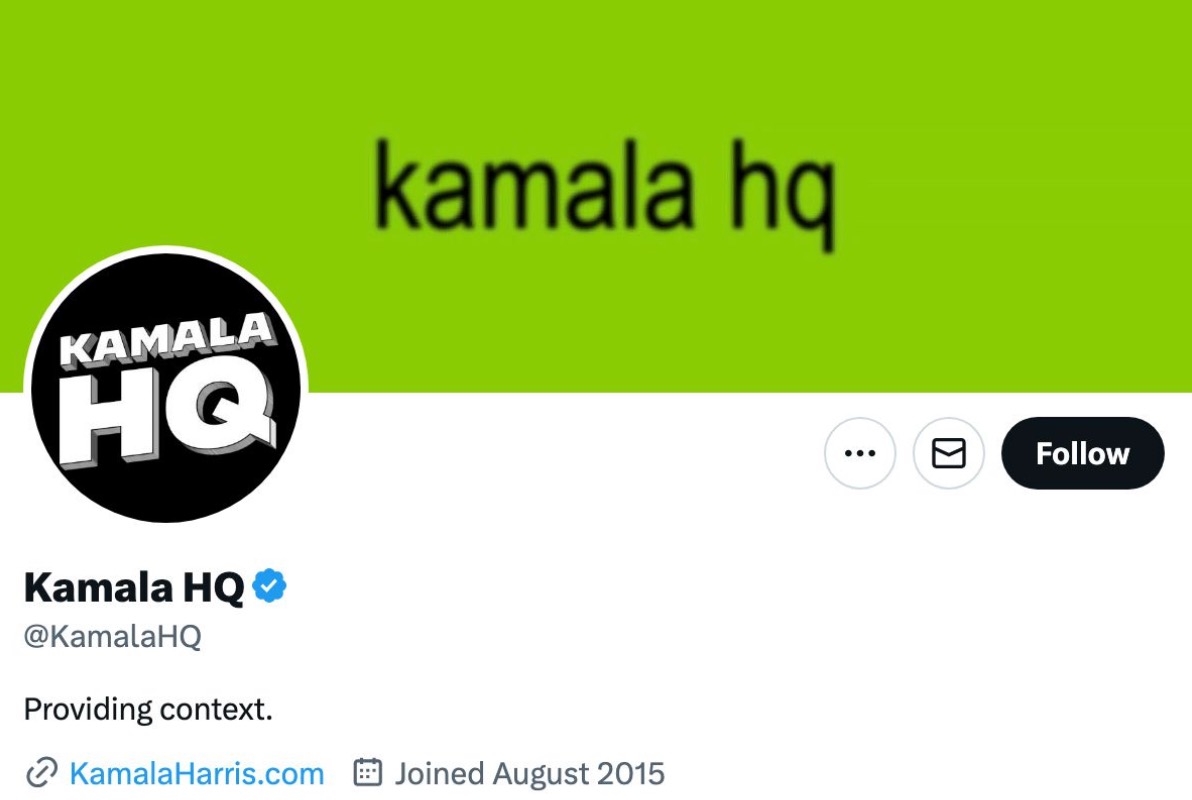

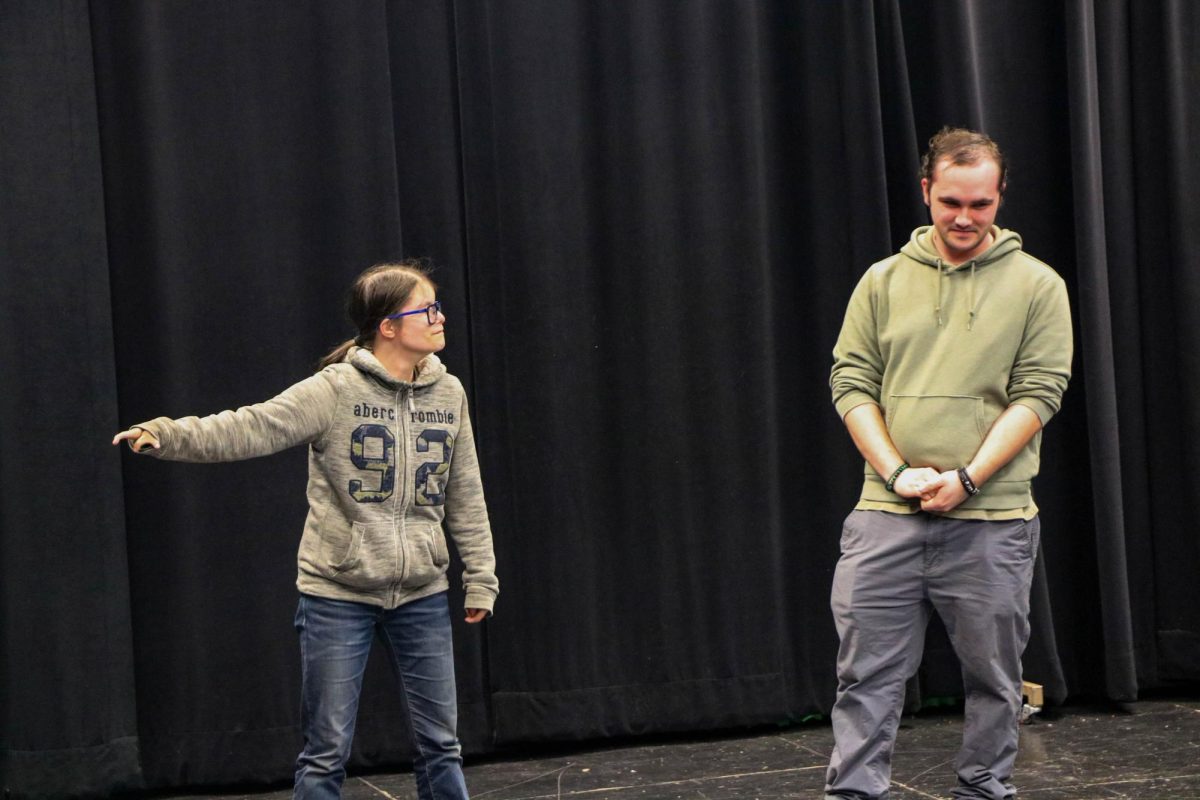





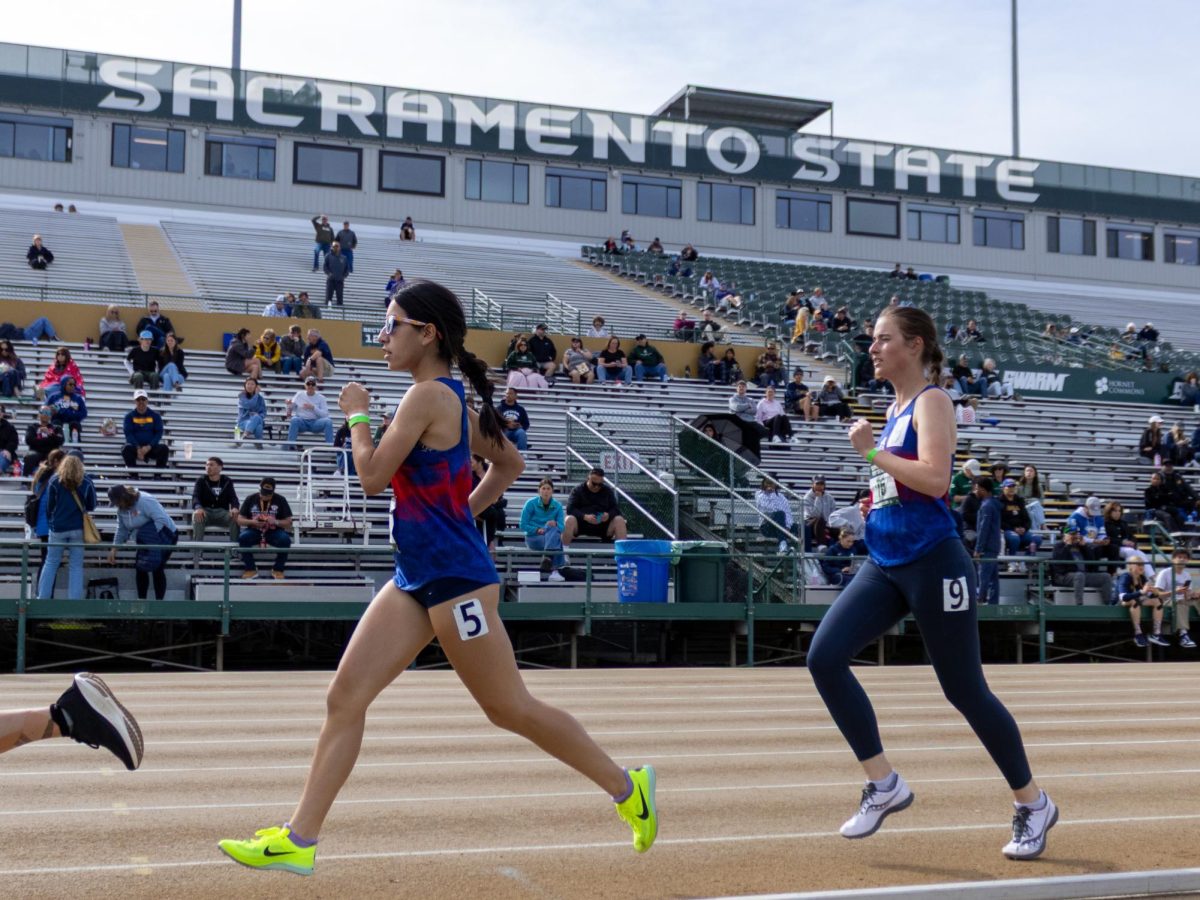
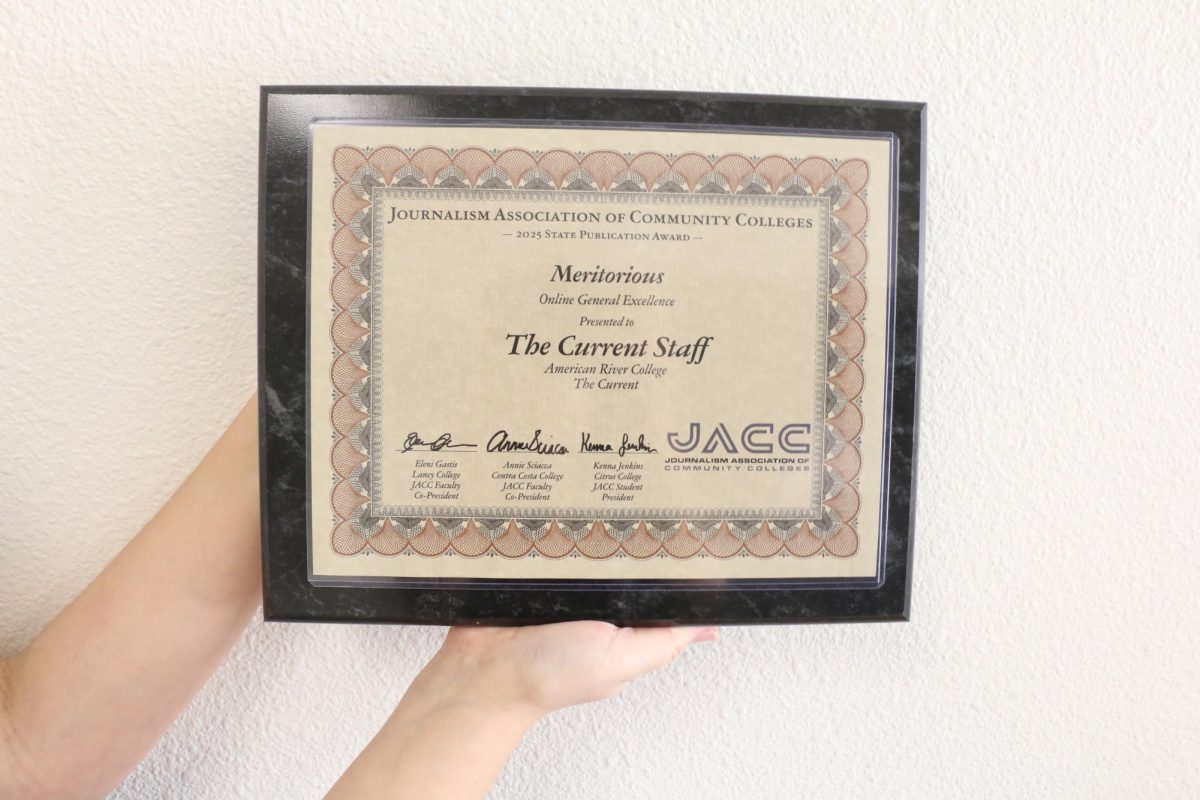
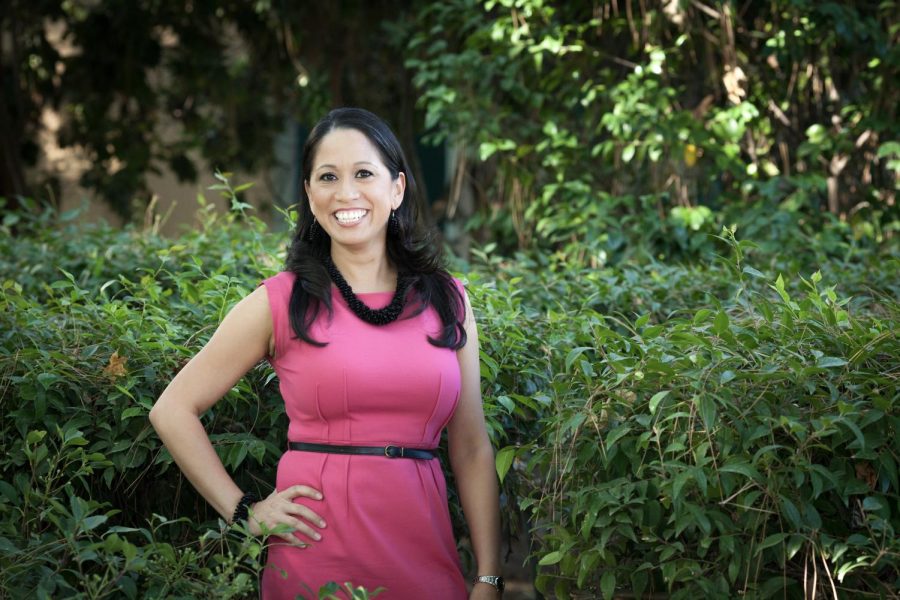
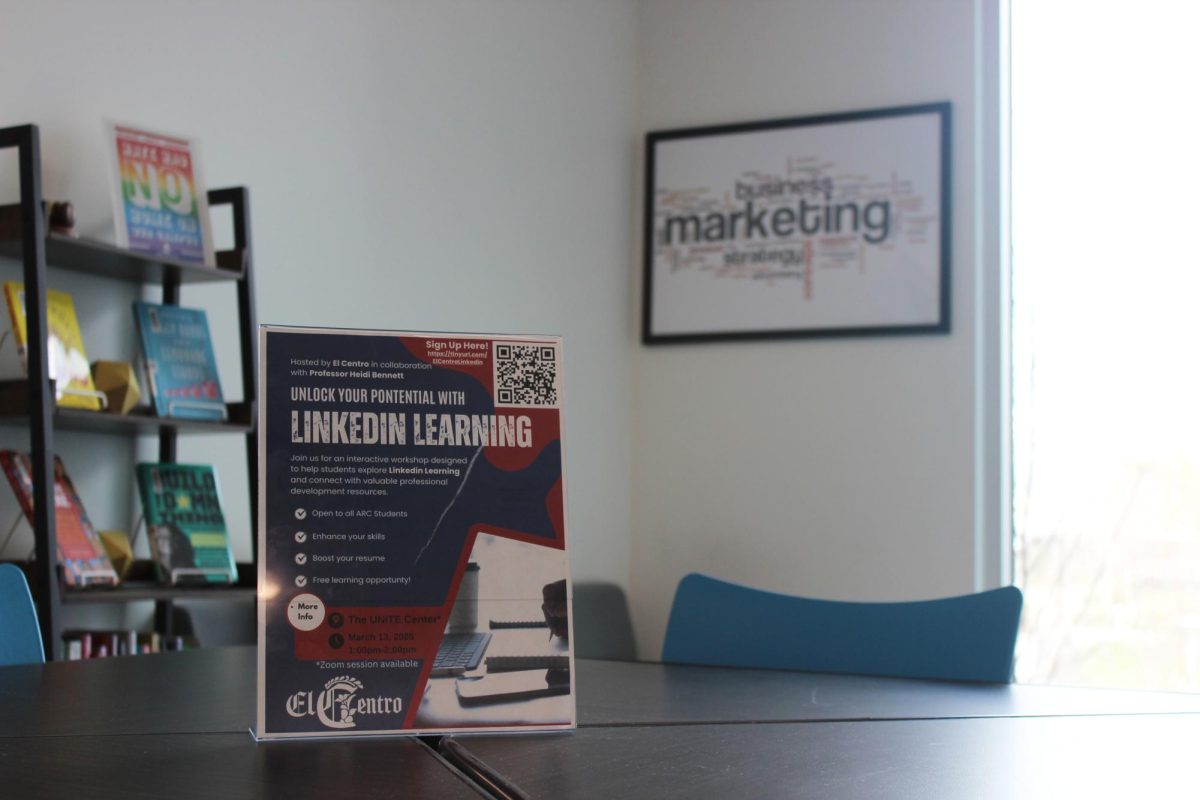

Michael • Sep 24, 2024 at 10:20 pm
Very factual and informative for the older alumni.
Pam • Sep 24, 2024 at 10:08 pm
I thoroughly enjoyed this article. Facts are current, relevant and educational.
Breanna • Sep 20, 2024 at 7:50 pm
So thoughtfully written and a good examination of how views may trend votes, likely increasing the number of younger votes!